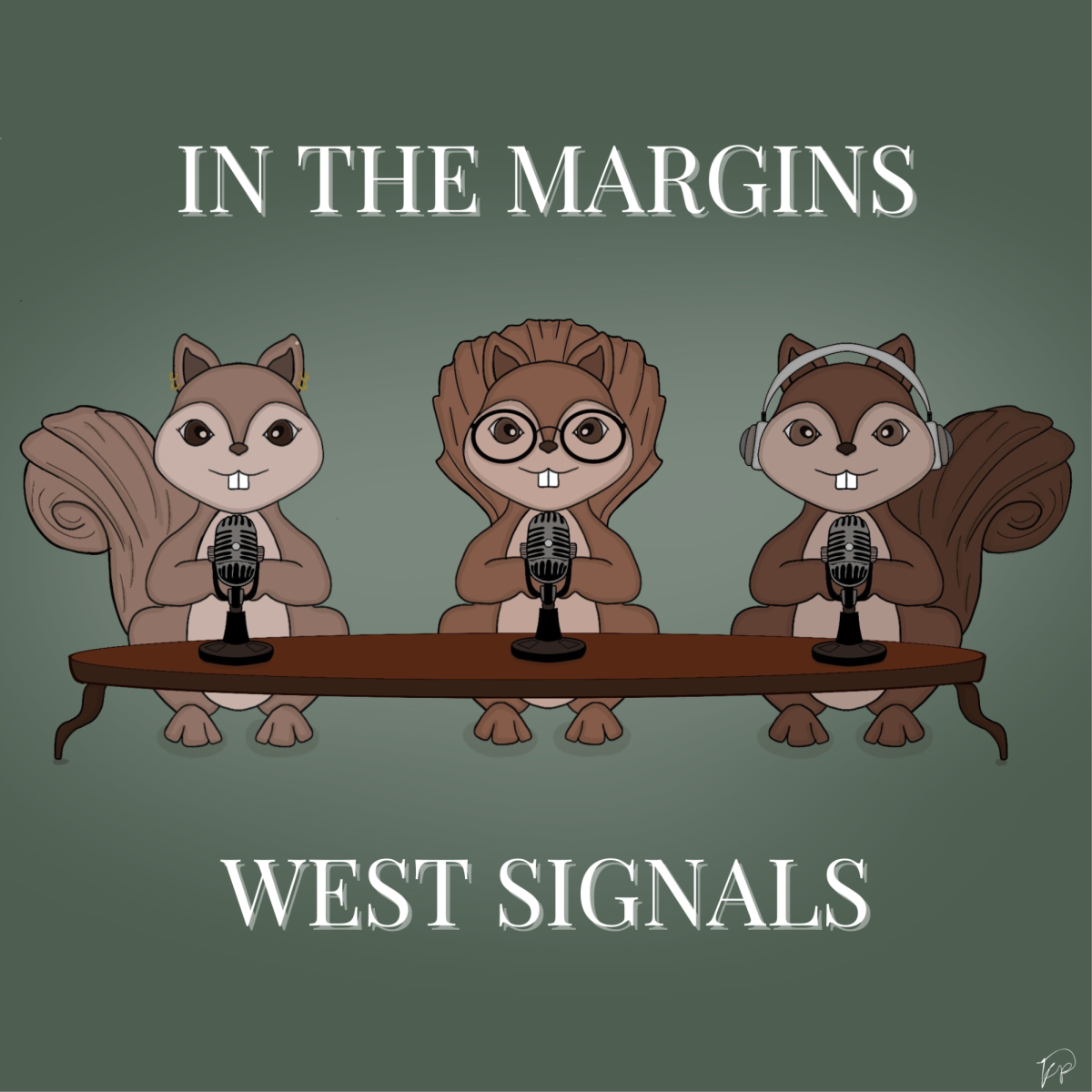A Milestone In The AIDS Epidemic
March 11, 2019
Twelve years ago, a patient was cured of H.I.V., a virus that causes Acquired Immunodeficiency Syndrome (AIDS) after the body’s immune system is damaged to a certain level by H.I.V. This infection affects approximately thirty-seven million people globally every year. Since then, investigators have not been able to duplicate the cure after numerous tries until recently, where a patient is speculated to have been cured of H.I.V. for the second time ever. This astounding case recognized that a cure for the H.I.V. infection is possible, though difficult.
Although researchers have publicly described the case as a “long-term remission” in consideration of the two known occurrences, many professionals are referring to it as a cure. Both instances have ensued from bone-marrow transplants that were meant to treat cancer, not H.I.V.
Anna Weber (10), who wants to pursue a biomedical major, said, “[If one of my family members had HIV] I would feel a little jealous, because I know that other families would act differently from the family of the actual person that was cured of H.I.V. So maybe something like ‘how come that person gets cured and my child doesn’t.’”
It is likely that bone-marrow transplants will not be a conventional H.I.V. treatment choice for all patients in the future. They come with high risk and serious side effects that can persist for years. Stronger drugs are now available to manage H.I.V. infections. Another possible treatment option that experts have suggested is to supply the body with immune cells that will be similarly altered to withstand H.I.V. Dr. Annemarie Wensing, a virologist at the University Medical Center Utrecht in the Netherlands, stated, “This will inspire people that cure is not a dream. It’s reachable.”
The patient that was recently cured preferred to stay anonymous and goes by the “London patient.” According to an email sent to The New York Times, he wrote, “I feel a sense of responsibility to help the doctors understand how it happened so they can develop the science.”
In 2007, when the first patient Timothy Ray Brown was treated, scientists pondered whether his cure was an anomaly. Other patients stopped taking antiretroviral medications around nine months, or else they died of cancer. In Brown’s case, he was diagnosed with leukemia and after attempting chemotherapy, he was in need of two bone-marrow transplants. Timothy Ray Brown underwent severe complications and nearly died during the procedure. Dr. Steven Deeks, an AIDS expert at the University of California, San Francisco, who has treated Brown, remarked, “He was really beaten up by the whole procedure. And so we’ve always wondered whether all that conditioning, a massive amount of destruction to his immune system, explained why Timothy was cured but no one else.”
The London patient has proved that a near-death experience is not required for the treatment to be successful. Diagnosed with Hodgkin’s lymphoma, he also received immunosuppressive drugs like Brown but endured a less extreme process. The London patient consumed anti-H.I.V. medications until September 2017 which makes him the first patient since Brown known to continue being virus-free for more than a year after quitting.
Zoe Jackson (10), an American Red Cross Club board member, said, “I think this is a big leap for medical research and doctors. When people are diagnosed with HIV and AIDS it’s no longer going to be a ‘Sorry we can’t help’ but a ‘There might be something that may work’. In all of medical history, I don’t think it will make much impact depending on how they cure it.”
The investigators are to release their research letter on Tuesday in the peer-reviewed journal, Nature. They are also going to showcase some of the details at the Conference on Retroviruses and Opportunistic Infections in Seattle.




